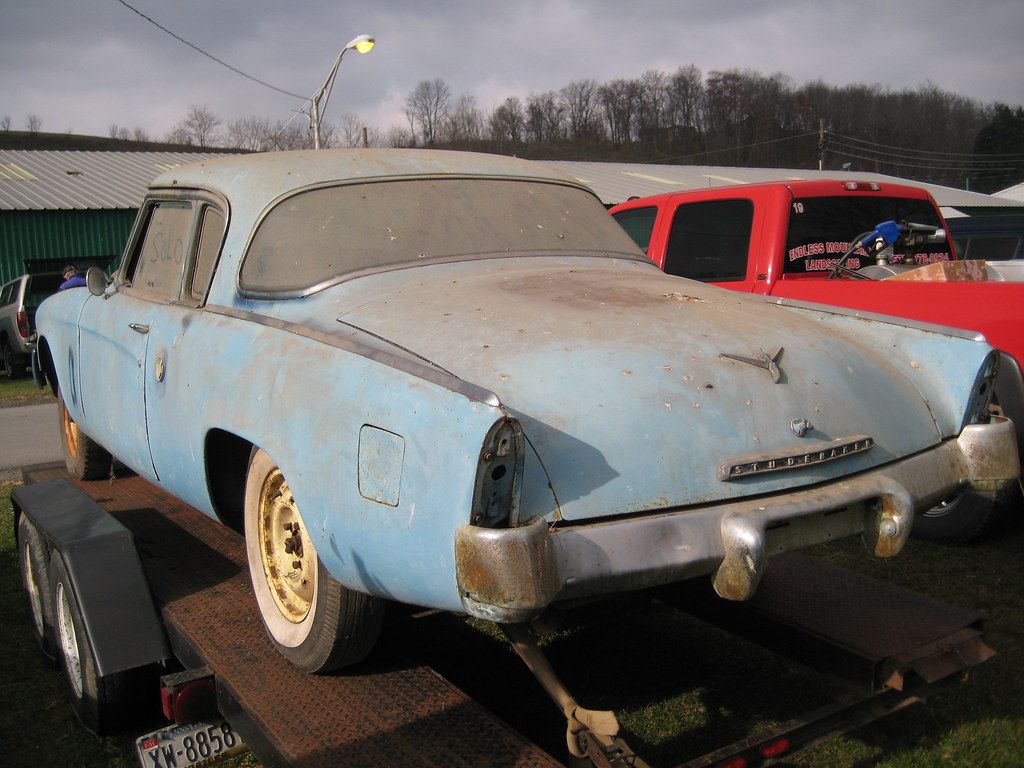
For many car owners, vehicles represent far more than just a means of transportation; they carry immense sentimental value. These cherished machines often embody personal achievements, evoke nostalgic memories, or stand as symbols of family legacies, passed down through generations or meticulously maintained for their historical importance. The connection between a driver and their car can be profound, making the loss of such a vehicle devastating, not just financially but emotionally as well.
Yet, the disappearance of automobiles, whether vintage masterpieces or once-ubiquitous daily drivers, is not uncommon. History is replete with accounts of vehicles stolen, misplaced, or lost under mysterious circumstances, leaving their owners and enthusiasts heartbroken. These vanishing acts only add to the mystique of these cars, transforming them into automotive legends, their stories preserved through speculation and intrigue, fueling the imaginations of car collectors and historians alike.
We embark on a fascinating journey through automotive history, exploring 14 iconic cars that have vanished without a trace or quietly faded from our roads. From prototypes lost at sea to legendary movie cars stolen from hangars, and from rock stars’ muscle machines to everyday sedans that simply disappeared from production, each vehicle tells a unique tale of presence, significance, and ultimately, an enigmatic absence that continues to captivate car lovers worldwide. Prepare to delve into the unsolved mysteries and nostalgic memories surrounding these once-loved rides.

1. **James Bond’s 1964 Aston Martin DB5**: Few vehicles in cinematic history command as much recognition and admiration as the Aston Martin DB5, especially the one famously driven by James Bond. This legendary car, a star in its own right in films like “Goldfinger,” was more than just a means of transport; it was an extension of Bond himself, equipped with an array of movie-inspired gadgets from machine guns to tire shredders. Its sleek lines and powerful presence made it the quintessential spy car, forever cementing its place in popular culture.
However, the story of this particular DB5 takes a mysterious turn. In 1997, the actual car used in the film, a meticulously cared-for icon, vanished without a trace from a Florida airport hangar. This audacious theft left the automotive and film communities in disbelief, turning a cinematic legend into a real-life unsolved mystery. The disappearance of such a recognizable and valuable piece of movie history immediately ignited a flurry of speculation, with enthusiasts and collectors desperate for any lead.
While rumors have circulated over the years, suggesting the car might have been stolen from a private collector, stripped for parts, or even resurfaced in clandestine corners of the Middle East, no concrete evidence has ever materialized to confirm its whereabouts. The loss of the most iconic Bond car remains one of the greatest mysteries in automotive history, a testament to its enduring allure and the perplexing circumstances of its disappearance. Its legend grows with every passing year, a phantom among treasured automobiles.

2. **The 1935 Bugatti Aerolithe**: The 1935 Bugatti Aerolithe stands as a true masterpiece of automotive engineering, a concept car that was revolutionary for its time. Crafted with a lightweight magnesium alloy known as Elektron, its body was unlike anything else on the road, showcasing Bugatti’s avant-garde approach to design and performance. This innovative construction made the Aerolithe incredibly rare, not just for its conceptual nature but also because magnesium was notoriously difficult to work with and highly flammable, adding to its mystique and technical brilliance.
After its initial debut, captivating audiences at exhibitions in London and Paris, the Aerolithe prototype mysteriously vanished in 1936. The sudden disappearance of such a groundbreaking vehicle has fueled decades of theories and speculation among automotive historians and enthusiasts. Some believe that the car met an unfortunate end, possibly destroyed during the tumultuous period of World War II, a casualty of conflict and scarcity.
Others speculate that the Aerolithe was perhaps dismantled for its valuable components or hidden away in a private collection, its existence kept secret from the world. Regardless of its true fate, the Aerolithe remains one of the most sought-after lost cars in history. If ever rediscovered, its groundbreaking design and unmatched rarity could easily make it the most valuable car in the world, a testament to its enduring legacy as a visionary piece of automotive art and engineering.
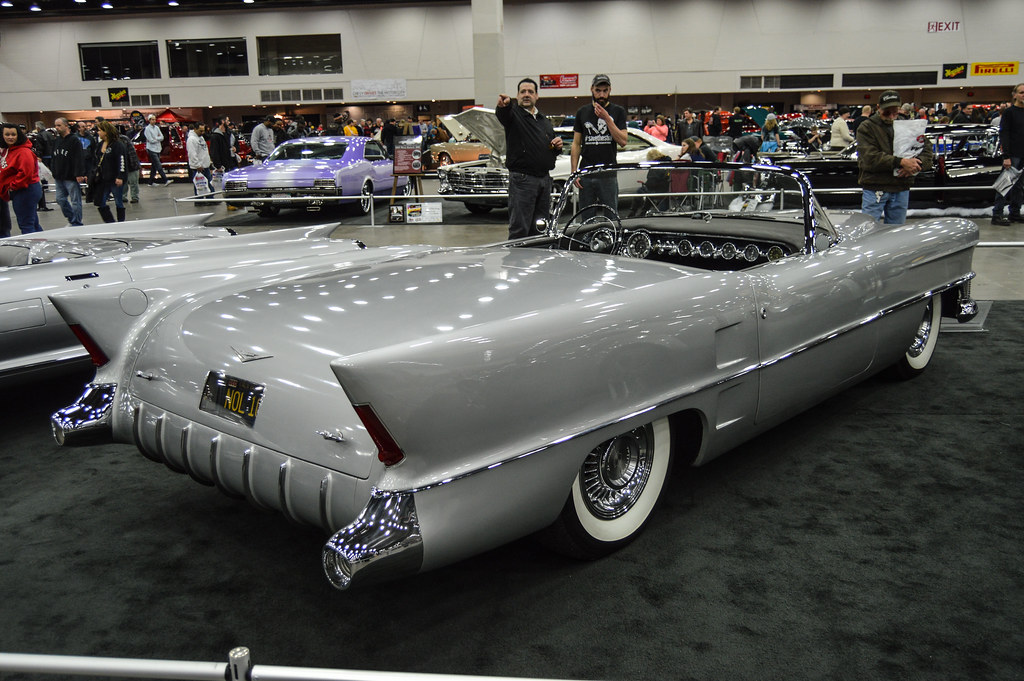
3. **The Cadillac La Espada’s Unsolved Fate**: The Cadillac La Espada was a strikingly beautiful two-seater, a concept car that truly captivated car enthusiasts with its blend of luxury and innovation. Featuring a robust V8 engine and a design that was distinctly futuristic for its era, the La Espada embodied Cadillac’s ambition to push the boundaries of automotive aesthetics and performance. It was a vehicle that promised to redefine personal luxury, leaving a significant impression on those who witnessed its brief public life.
Following its impressive debut, the story of the Cadillac La Espada takes a perplexing turn, one that has puzzled automotive historians for decades. It was reportedly sold to an unknown collector, a transaction that marked the beginning of its disappearance. After this sale, the vehicle seemed to vanish without a trace, slipping out of public record and memory, leaving behind only its striking images and the questions of its ultimate destiny.
With no official records of its current whereabouts, the fate of this automotive masterpiece remains stubbornly unsolved. Enthusiasts and historians are left to wonder if this unique Cadillac still exists, perhaps hidden away in a clandestine private collection, or if it has been irretrievably lost to time, dismantled, or even destroyed. The La Espada’s mysterious absence adds a layer of intrigue to its already fascinating history, highlighting how even cutting-edge designs can become lost legends.
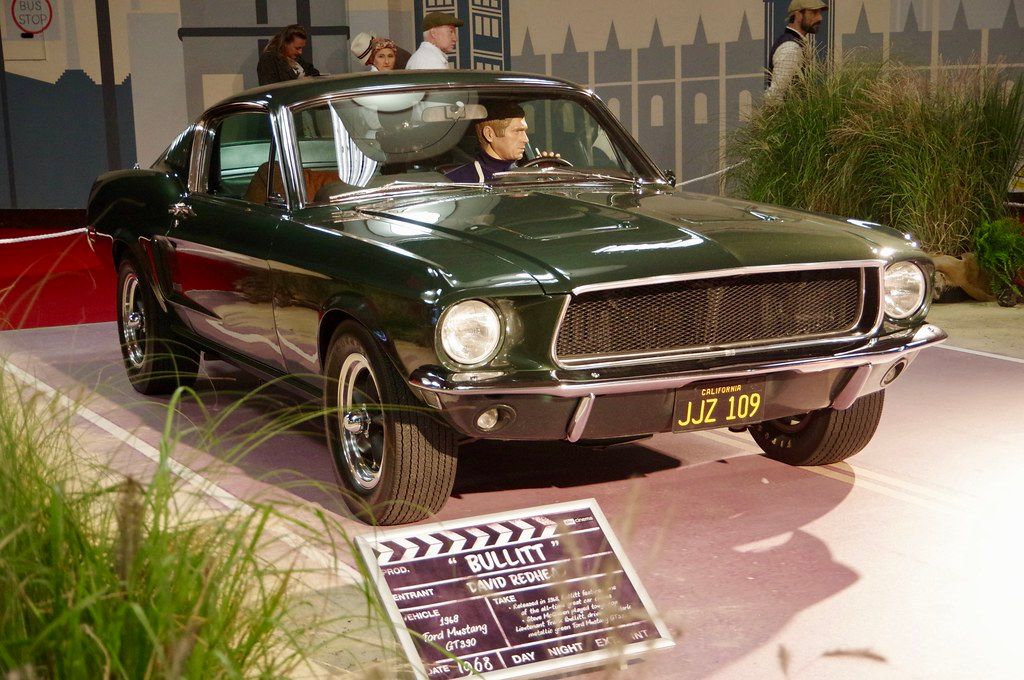
4. **The Mustang GT 390 from Bullitt**: For decades, the 1968 Mustang GT 390, immortalized by Steve McQueen in the classic film “Bullitt,” was believed to be lost forever, adding to the mystique of its cinematic legend. This Highland Green fastback became synonymous with McQueen’s cool, understated heroism and the film’s iconic chase scene through the streets of San Francisco. Its powerful V8 engine and raw, unfiltered performance captured the hearts of car enthusiasts and film buffs alike, making it one of the most famous movie cars ever.
The car’s post-film history was a convoluted one, changing hands several times and seemingly disappearing into obscurity. Fans and collectors had all but given up hope of ever seeing the original Bullitt Mustang again, consigning it to the realm of automotive urban legends. Its absence only intensified the desire to know its fate, elevating its status from a mere movie prop to a holy grail for car collectors.
Then, in a remarkable twist that thrilled the automotive world, the car dramatically resurfaced in 2018 at the Detroit Auto Show. After years of careful preservation by its last private owner, the original Bullitt Mustang was finally revealed to the public, much to the delight of enthusiasts. It was later auctioned for an astounding $3.4 million, a testament to its unparalleled cultural significance and the power of its rediscovery, proving that sometimes, even long-lost icons can make a triumphant return.

5. **James Dean’s Porsche 550 Spyder**: Few cars are as tragically famous as James Dean’s Porsche 550 Spyder, a vehicle inextricably linked to the dashing actor’s untimely demise. This lightweight, mid-engine sports car, affectionately dubbed “Little Bastard,” was a cutting-edge machine of its era, designed for speed and agility. Its sleek, minimalist design and impressive performance made it a formidable competitor in amateur racing, perfectly suiting Dean’s rebellious spirit and his burgeoning motorsports career.
On September 30, 1955, Dean met a fatal end in a head-on collision while driving the 550 Spyder to a race in Salinas, California. The car’s wreckage was subsequently sold, and its components began a macabre journey through various hands, each segment adding to the legend of the “cursed” vehicle. This dispersal, rather than intact preservation, only intensified its mystique, transforming a singular tragic event into a fragmented narrative spread across collectors.
Remarkably, individual pieces of “Little Bastard” continue to surface decades later, reigniting interest and debate among automotive historians. In 2021, the car’s transaxle alone commanded an astonishing $382,000 at auction, a testament to the enduring fascination with Dean and his final ride. While its components offer tantalizing glimpses, the complete vehicle remains lost to history, its fragmented existence a stark reminder of a life cut short and a car that became an automotive icon shrouded in dark legend.

6. **The 1953 Buick Wildcat: A Forgotten Dream**: In the vibrant post-war era of the 1950s, Buick was at the forefront of automotive innovation, consistently producing concept cars that pushed the boundaries of design and engineering. Among its most admired creations was the Wildcat series, vehicles that embodied American optimism and futuristic vision. While the first two Wildcat models made public appearances, captivating audiences with their sleek lines and advanced features, the third iteration, the 1953 Buick Wildcat, reportedly vanished under truly mysterious circumstances.
The story surrounding the Wildcat III’s disappearance is ripe with intrigue, fueling decades of speculation within automotive circles. Whispers persist that a dedicated General Motors employee, perhaps captivated by its groundbreaking aesthetics or technical prowess, secretly saved it from the crusher. This clandestine act, if true, would have preserved a significant piece of automotive design history, turning it into a hidden treasure rather than scrap metal.
Despite these compelling rumors and the passionate longing of enthusiasts, no verifiable proof of the Wildcat III’s existence has ever emerged. The lack of official records or public sightings means that if this distinctive concept car does indeed still exist, it remains meticulously hidden away, a forgotten dream known only to a select few. Its mysterious absence keeps its legend alive, positioning it as one of the great lost American automotive treasures.
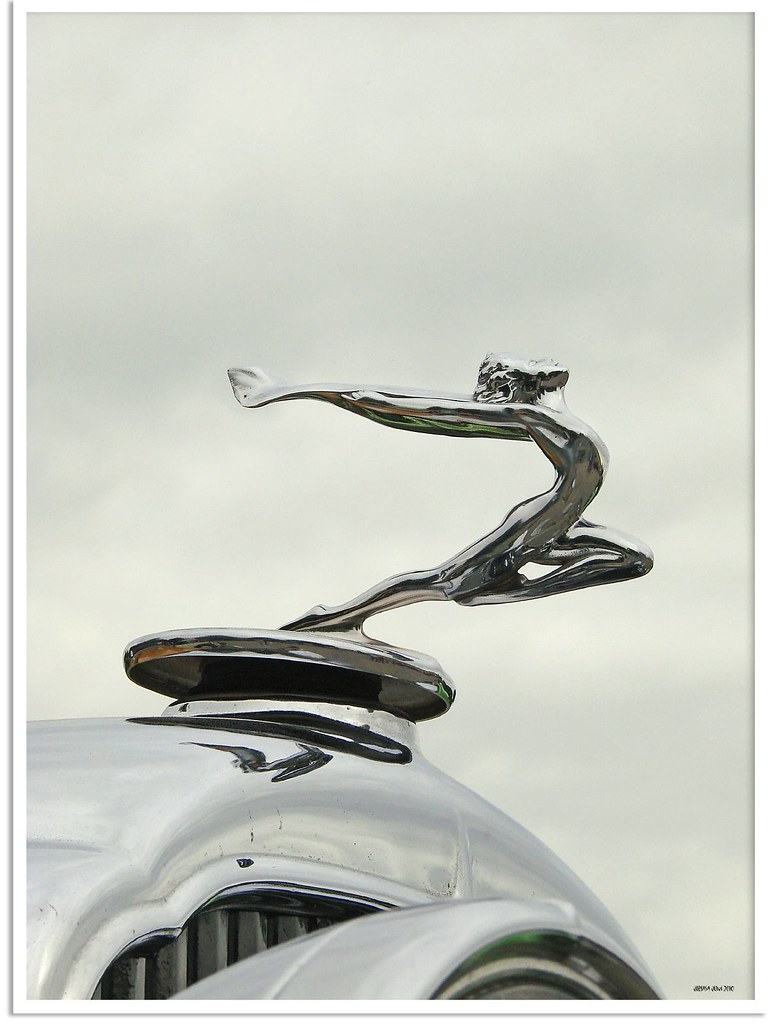
7. **Isadora Duncan’s Mysterious Car**: The tragic and dramatic death of pioneering dancer Isadora Duncan adds a unique, somber entry to the annals of mysteriously significant vehicles. Her demise in 1927 was as unconventional and dramatic as her life, intertwining a luxurious accessory with an unexpected, fatal mechanical entanglement. The car involved in this tragic incident, however, remains shrouded in some degree of historical ambiguity, with conflicting accounts adding a layer of mystery to the precise vehicle that sealed her fate.
Historical records are divided on the exact make and model of the automobile Duncan was in at the time of her death. Some sources contend she was a passenger in an Amilcar, a French automobile known for its sporty and often open-top designs. Other accounts, equally insistent, point to a Bugatti, a marque synonymous with high performance and elegance. Both were popular luxury and sports cars of the era, fitting the glamorous lifestyle Duncan embodied, yet the distinction is crucial for automotive historians.
Regardless of the manufacturer, the horrific circumstances of her death are clear: her famously long, flowing scarf became dangerously entangled in the open-spoked wheel of the car, tightening around her neck and causing instant strangulation. This bizarre and tragic accident instantly cemented the vehicle’s place in history, not for its engineering prowess, but for its role in a celebrity’s shocking end. The unresolved question of the car’s true identity merely deepens the enduring, macabre fascination with Isadora Duncan’s final ride.

8. **DeLorean DMC-12 “B” Car from Back to the Future**: The DeLorean DMC-12, already an icon for its futuristic stainless-steel body and gull-wing doors, achieved stratospheric fame as the time-traveling machine in the “Back to the Future” film trilogy. While many DeLoreans were produced and still grace our roads, one particular vehicle holds a legendary status: the “B” car from the movie set. This specific DMC-12 was pivotal to countless iconic scenes, solidifying its place in cinematic and automotive lore.
During the intense production of the film series, several DeLoreans were employed for various purposes, from special effects shots to close-ups and stunt work. The “B” car, however, was frequently used in many of the key on-screen moments, becoming instantly recognizable to millions of fans worldwide. Its role as the mobile heart of the time-travel narrative endowed it with a mystique far beyond its original automotive specifications, making its subsequent fate all the more perplexing.
After the trilogy concluded, the “B” car, much like a ghost in its own cinematic universe, vanished. Despite its immense fame and the fervent desire of fans and collectors to locate it, the fully intact vehicle has never resurfaced. While whispers suggest that certain individual parts or fragmented pieces may have appeared over the years, the complete, movie-used “B” car remains an elusive phantom, cementing its status as one of Hollywood’s greatest lost automotive treasures and an enduring cultural mystery.

9. **Ferrari 375 MM**: The Ferrari 375 MM stands as a testament to Maranello’s racing prowess and exquisite design during the golden age of sports car competition. Built in 1953, these rare race cars were engineered for unadulterated speed and endurance, dominating circuits and capturing the imaginations of motorsport enthusiasts. Only a handful were ever produced, making each chassis an invaluable piece of automotive history, celebrated for its powerful engine, aerodynamic form, and competitive legacy.
One specific example of the 375 MM embarked on a particularly enigmatic journey. In 1953, this powerful machine was reportedly sold to a private collector in Genoa, Italy. This transaction, seemingly routine for a high-performance vehicle of its caliber, marked the beginning of its mysterious disappearance. Following the sale, the car seemed to evaporate from public record and enthusiast radar, leaving behind a void in Ferrari’s illustrious racing lineage that has puzzled historians for decades.
Over the years, the search for this missing Ferrari has become a passionate quest for many, from dedicated Maranello historians to global collectors hoping to unearth a hidden gem. Despite extensive efforts and countless theories regarding its whereabouts—perhaps dismantled, hidden, or even destroyed—no verifiable trace of the car has ever been found. Its loss remains one of the most profound unsolved mysteries in the world of rare racing Ferraris, a phantom among the hallowed halls of motorsport legends, with its legend growing with every passing year.
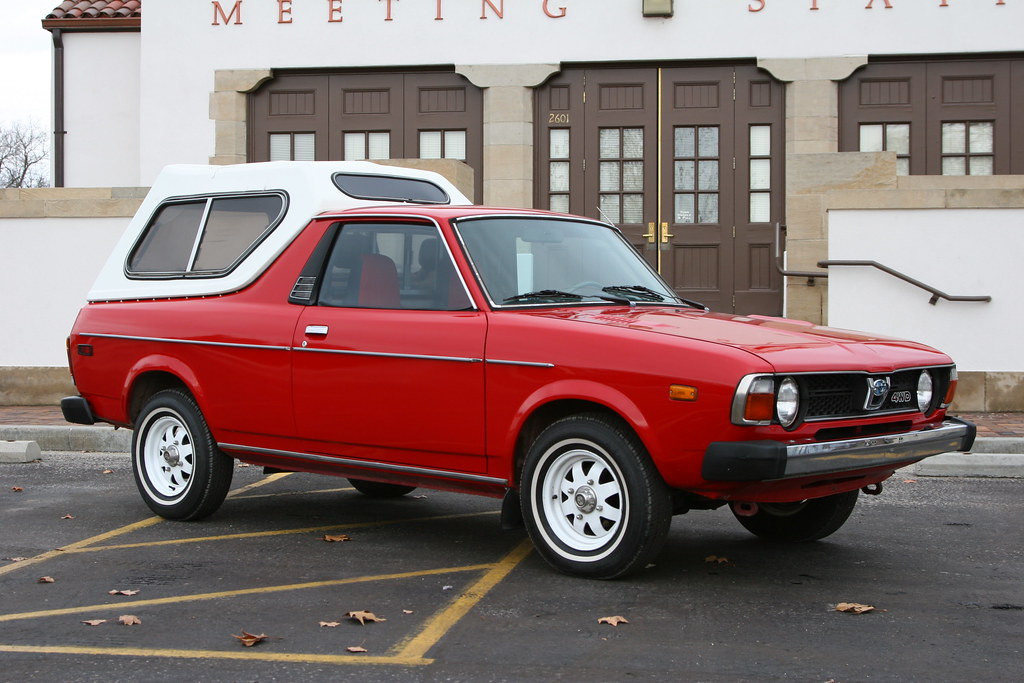
10. **Subaru Brat**: The Subaru Brat, or “Bi-drive Recreational All-terrain Transporter,” holds a truly unique and quirky place in automotive history, instantly recognizable for its unconventional design and surprisingly robust capabilities. Introduced in 1978, the Brat was Subaru’s ingenious response to the burgeoning demand for compact pickups in North America, cleverly skirting import tariffs by being classified as a passenger car thanks to its most famous, and infamous, feature: two rear-facing “jump seats” bolted into the bed.
These peculiar rear-facing seats, while fulfilling a regulatory loophole, became the Brat’s signature characteristic, offering a truly open-air, albeit exposed, passenger experience. Beyond this quirky innovation, the Brat was a genuinely capable vehicle. It boasted Subaru’s symmetrical all-wheel-drive system, which, combined with a lightweight body and respectable ground clearance, made it a favorite among adventurers, off-road enthusiasts, and those living in areas with challenging terrain. Its utility as a compact pickup blended seamlessly with its unique personality.
Despite its initial popularity and cult following, the Brat’s production eventually ceased in 1994, largely due to evolving safety standards that made the exposed jump seats obsolete, and changing market demands. Today, the Subaru Brat is a rare sight on modern roads, its unique design standing out distinctly from contemporary vehicles. It remains a cherished piece of automotive history for fans, a testament to Subaru’s willingness to innovate and produce vehicles with genuine character, symbolizing an era of experimental design and practical fun.
The journey through these vanished and faded automotive icons clearly demonstrates that the allure of the automobile is not merely about performance or luxury; it’s about the stories they tell, the memories they evoke, and the mysteries they leave behind. Each vehicle, whether a tragic victim of fate, a hidden gem, or a beloved model that simply ran its course, contributes to the rich tapestry of automotive culture. Their absence only magnifies their significance, reminding us that every car has a narrative, and some, like these, become legends whispered through time. These machines, though gone from our garages, remain vibrantly alive in our collective memory, continuing to inspire, intrigue, and remind us of the incredible legacy of the motor car.

